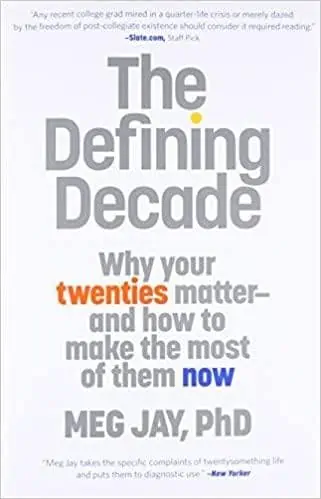Podcast: Play in new window | Download | Embed
In this episode, we talk to Antonio Zaldívar de Alba, a teacher and research assistant at the University of Illinois at Urbana-Champaign. He talks about wind engineering and provides three great benefits that students can get by joining ASCE’s Structural Engineering Institute (SEI).
Engineering Quotes:
Here Are Some of the Questions We Ask Antonio Zaldívar de Alba in This Episode:
- What subjects are you teaching at the University of Illinois at Urbana-Champaign and what is it that you research?
- Can you tell us a bit more about wind engineering and what it is?
- What brought you to be so passionate about wind engineering?
- Is there anything in your past that got you interested in thunderstorm winds?
- What role do thunderstorm winds play in structural engineering?
- How are you collecting information about how these two different types of winds act and how are you modeling it?
- What kind of instruments are being used to capture data on storm winds?
- Are some of your colleagues in the meteorology department?
- In the article that you wrote for SEI, “Three Reasons to Join SEI: A Perspective From a Graduate Student,” the first reason is free membership and scholarship. Can you explain what this means?
- Can you tell us more about going into the Structures Congress?
- For people who are considering going the Ph.D. route, can you tell us what it is like being a Ph.D. student and do you have any advice for them?
- How can we benefit from your research and where can we connect with you?
Here Are Some of the Key Points Discussed About Wind Engineering and Membership in ASCE SEI:
- Wind engineering is a discipline concerned with the effect that wind has on natural and built environments. It is a diverse knowledge that affects many fields in engineering, such as the amount of load that wind has on buildings.
- Thunderstorm winds come from a different distribution and have different characteristics than normal winds. With normal winds, the wind speed increases the higher you go. With thunderstorm winds, the wind speed can be higher at any given height. There can also be a vertical component with storm winds that needs to be considered when designing the roof of a structure.
- There are different approaches to researching different wind types. One approach is to use fluid mechanics equations and the other is to use modified wind tunnels to simulate the characteristics of thunderstorm winds. Wind engineers are currently working on getting data from actual structures in storm winds to validate the data that was previously simulated.
- Some of the instruments used to capture data on storm winds are:
- A portable loading cube, which is a 4-foot cube that is capable of capturing pressure differences in 126 points distributed symmetrically on the cube. It is fully mobile and can be deployed in a short amount of time.
- A string-based anemometer, which is a perforated sphere mounted on a steel rod. The sphere acts as the wind drag element and the steel rod is the sensing element that measures the strain. A simple calculation can then be used to calculate the load that is inflicted on it by the wind speed.
Three Reasons Why You Should Join ASCE SEI
-
- Joining SEI is completely free for students. Graduate school can put financial struggles on you, so ASCE and SEI help you by making its membership free. The student membership comes with many benefits, such as discounts to attend conferences and the monthly STRUCTURE magazine featuring structural engineering articles.
- As an SEI student member, you are eligible for SEI scholarships, which include the scholarship to attend the SEI Structures Congress and the O.H. Ammann Research Fellowship in Structural Engineering.
- The most important benefit is that you can get involved in an SEI graduate student chapter (GSC). Being part of a GSC opens the door to opportunities inside your university and the SEI. As an SEI GSC, you can send a representative to the SEI Local Leaders Conference (LLC), with most of the expenses covered by SEI. Here you can get leadership training and get to meet all the bigger engineers in structural engineering.
More Details in This Episode…
About Antonio Zadlivar de Alba

Books Mentioned in This Episode
The Defining Decade: Why Your Twenties Matter—And How to Make the Most of Them Now
Sources/References:
American Association of Wind Engineering
2020 O.H. Ammann Fellowship in Structural Engineering
Connect with Antonio Zaldívar de Alba
Three Reasons to Join SEI: A Perspective From a Graduate Student
The Geotechnical Engineering Podcast
Please leave your comments or questions in the section below on Wind Engineering and Membership in ASCE SEI
To your success,
Mathew Picardal P.E. & Alexis Clark, P.E., M.ASCE
Hosts of The Structural Engineering Podcast








